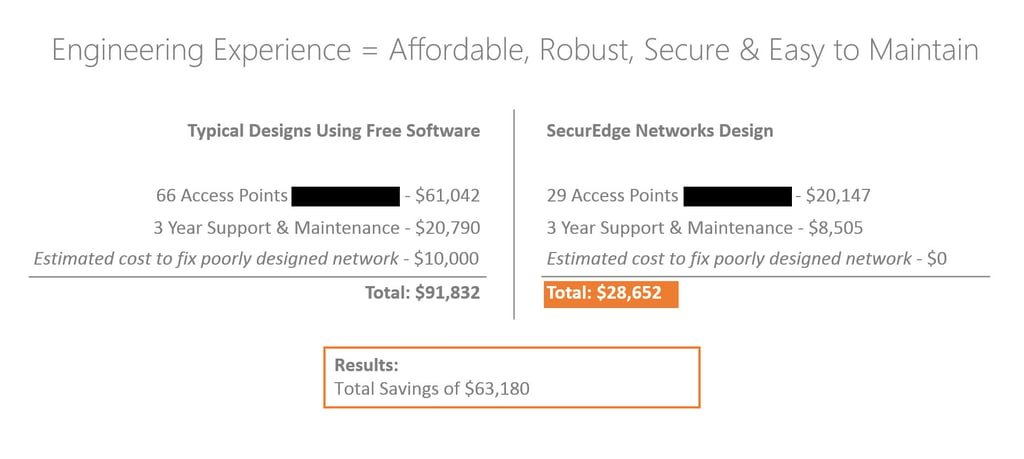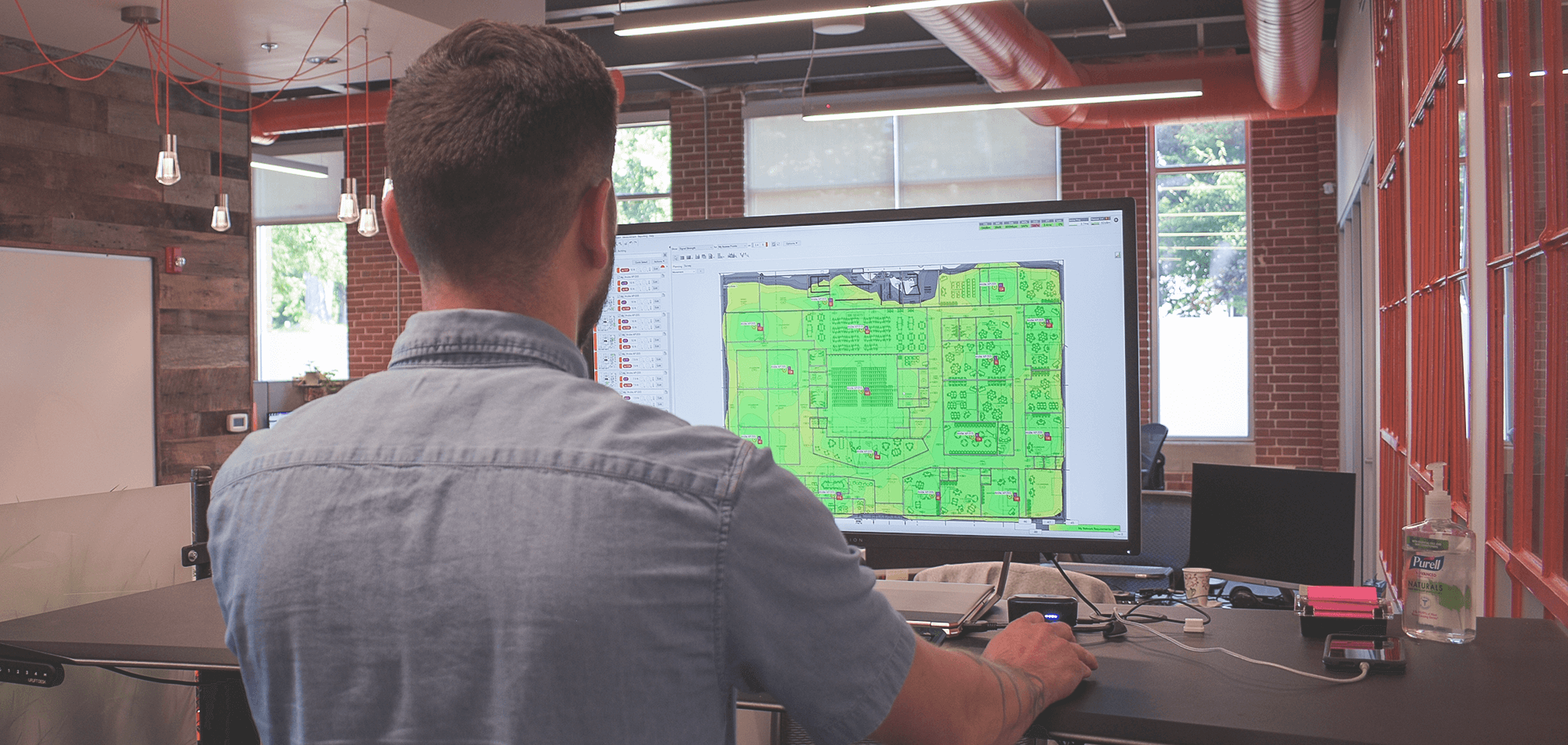I love a good deal. I rarely pay retail price for anything. Working in technology, I’ve figured out how to get great deals on a lot of stuff, but sometimes my desire to drive a good price has turned out to hurt me.
Here’s a painful example: A few years ago I was doing a home renovation and received prices back from multiple painting contractors. One came in at half the cost of the others. HALF! Wow! “I’m saving thousands”, I thought.
So of course I gave him a shot-you already know where this is headed. There’s a saying I’ve heard a few times since then “the bidder who makes the biggest mistake wins”.
Well in my case, the contractor had underestimated his costs for materials and labor..in a huge way. So huge, that later I found out he watered down the paint because he couldn’t afford to buy more of it.
Did you know that extra water in paint means walls of the same color will appear to be of a different color?
And did you know that when you put a second coat of paint on before the first coat dries that all of the paint peels off?
I know it now…and I wish I had been smarter so that I didn’t know it.
When it comes to doing RF designs, I think wireless solutions providers and customers can hurt themselves similar to the way I did on my home.
Free RF Design Software, sounds awesome! If it were only true, SecurEdge would save thousands of dollars in software, computers and testing tools each year.
I don’t mind admitting that we did use free stuff years ago until we figured out that it simply wasn’t accurate.
We find that the free predictive RF design software typically has these two issues:
It’s typically built by an access point manufacturer for only their products.
On the surface, this sounds fine if you’re designing a system with their product in mind. Right?
Well, what we’ve found is that many times the free software from the manufacturer is designed as a CYA (look it up If you need to) for the manufacturer. It suspiciously matches the messages of the marketing team.
If the company’s pitch is performance, it way over-engineers the network. We’ve seen it as much as 40% over-engineered.
If the company’s message is they’re cheaper and that “you need fewer access points from us than other companies” then it will under-engineer a solution. Also bad for the customer.
The software that is free is rarely updated…if at all.
If the software is free, it doesn’t make money for the company, except of course to sell more product as in item #1. So the manufacturer doesn’t invest heavily in it. It’s viewed by many companies as a marketing effort.
So the features and functionality which produces an accurate design, aren't updated. We work with the major manufacturers that produce the best wireless products in the world according to the trade mags and industry testing and our engineers will tell you their stuff is rarely up to date.
Now, if you take an engineer who is an expert, they can typically use the free software, combine it with years of experience and produce a good result. But how many of those expert RF engineers are there?
SecurEdge has been doing this for more than a decade, and we only have a few engineers that can produce a good design with crappy software.
But enough explaining, let me show you in numbers what this all means with a real world example.
Click on the diagram to view a larger image.
The design on the left was done by a “wireless solutions provider” (I use that term loosely here) using free software from the manufacturer.
The design on the right was done using RF design software that is vendor agnostic and is relatively expensive. (I’m blocking out the manufacturer and products so not to throw them under the bus here).
In this example, the customer had a “Free" RF design. But when you look at the numbers, the cost is obvious.
The engineer using the "free Wi-Fi planning software" way over-engineered the number of access points needed. Then went from bad to worse and used one of the highest end access access points (most expensive) which is useless for the customer because their devices can't operate on the higher capacity. So in this example, the lack of understanding of the products made a bad design even worse.
The Result - this would have cost the customer 3X on the front end to get it installed. Then 2X more to maintain the system after it's installed. But, the really frustrating part, is that, if this system was installed as designed, it wouldn't work. There are too many access points. An engineer would have to come in and fix this mess after it was installed.
So in this example, spending a couple of grand to get the design right on the front end would have saved this customer a ton in the long run.
So what’s the take away?
If you’re an end user, and you’re designing a wireless network. I recommend you find someone who has the right tool set and the right experience…which means you’re probably going to pay for it.
Here are a few questions to ask your provider to help figure out if they’re a good fit:
- What type of RF design software are you using?
- What certifications does the engineer carry who is approving that design?
- What type of testing software are you using to validate the system performance after the system is installed?
- What type of software or management system do you use to monitor the performance on an ongoing basis?
If your engineer has certifications and some great RF software tools, then awesome! You’re most likely in good hands! If not, then it's time to bring in the experts.






